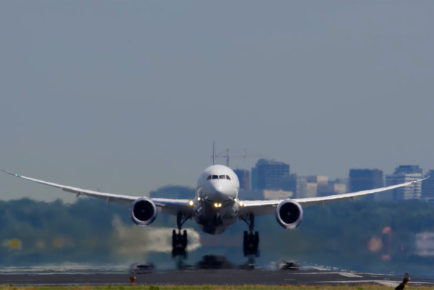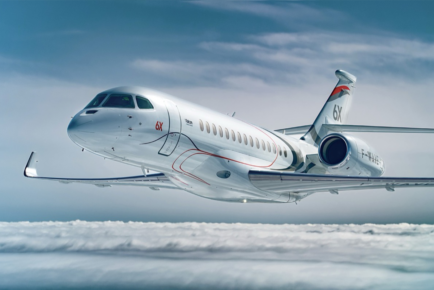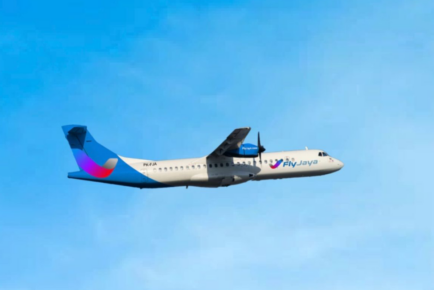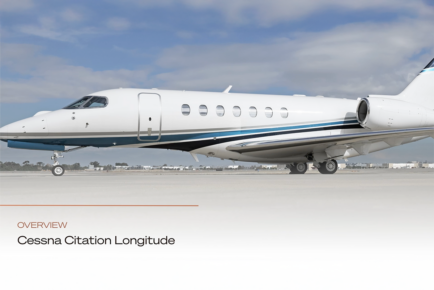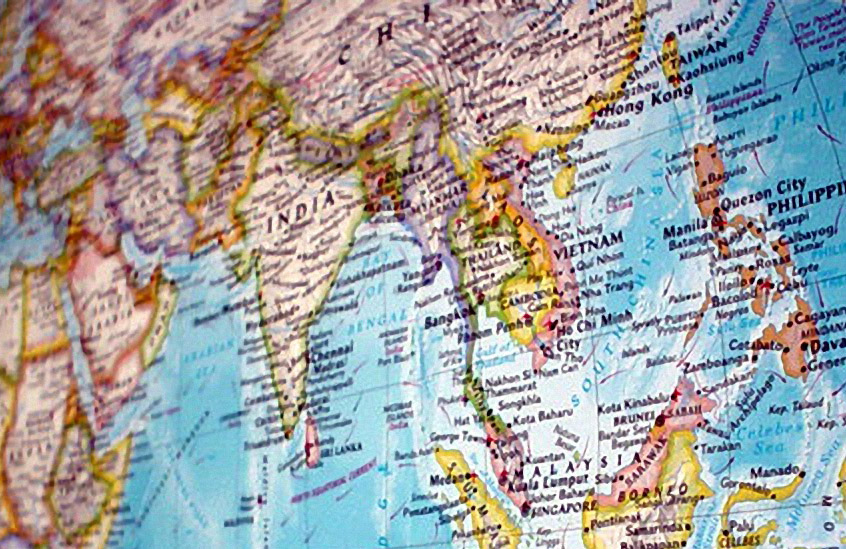
Download article in PDF format
World Aircraft Sales, May 2013
by Sanjay Rampal
Interviews with key aviation companies help us understand the challenges facing Business Aviation in emerging markets. Here, David Dixon, Jetcraft Asia President and Mike Cappuccitti, Jetcraft Middle East Sales Director offer their views about the current state of their markets.
As a diversified player in an increasingly competitive global market, Jetcraft has never strayed from its core Business Aviation interests. Alluding to the company’s successful business model, Jetcraft Asia president and over 40-year aerospace veteran David Dixon explained “Our key approach is to get closer to the market with people in the field who understand the local requirements. This is why we have offices in Switzerland, Moscow, the Middle East, Hong Kong and soon a presence in Africa and Latin America.”
AN INTERNATIONAL FOOTPRINT
Buoyed by the prospects of international growth, Dixon believes that Asia is a hotspot for Business Aviation deals. They have long embraced Business Aviation and this form of transportation is not new to countries such as Australia, Indonesia, the Philippines and Thailand.
Dixon highlighted the sale of 20 preowned business aircraft to Australia during the last two years with Indonesia being the largest market in unit volume sales for Asia. Believing that the geographical expanse of Asia makes Business Aviation ideal for the region, Dixon explained, “The countries in the region are vast with remote cities and resources scattered across a wide area. Many often do not realise that the size of Indonesia is equivalent to the distance between New York and Los Angeles. It’s a big, maritime continent!”
The Middle East (M.E.) is a markedly different story as characterised by the recent revolutionary uprisings. Sequestering time between deals Jetcraft Middle East Sales Director, Mike Cappuccitti told World Aircraft Sales Magazine, “The Middle East is still reeling from the Arab Spring and whilst aircraft are being traded in the countries affected, operating in the region is both difficult and dangerous.”
Revolutions aside, the recession has also had an impact with Cappuccitti describing the market as “sluggish”, but he is quick to point out that this was more to do with a lack of investor confidence, and he remains optimistic for the expected turnaround.
BUSINESS AVIATION VITAL FOR GROWTH
Feeling that the economic benefits imparted by Business Aviation are not always fully understood in Asia, Dixon expounded “Owners of business aircraft develop businesses that enrich an economy. Such enterprises employ thousands of people and are engines for growth. Our message is a simple one – do not scare these entrepreneurs away as they may invest elsewhere”.
Expressing his concern at the views held by bureaucrats that owners of multi-million dollar jets can afford higher fees and taxes, Dixon countered, “This is not the case. It takes years for these people to grow their businesses and red tape will not help their cause. These investors employ people who pay taxes, buy goods and help the local economy so it is not just about exports. It is about providing opportunity and for people to better themselves.”
The ramification of a flourishing Business Aviation market has also underlined the lack of infrastructure for the region. Citing Hong Kong airport as an example, Dixon said “The solution is a simple one to resolve if government will is there. Clark and Subic Bay airports in the Philippines could take up the slack, but Hong Kong airport needs to devise a solution for itself.”
However it is not all gloom as Dixon revealed that other countries were focusing more on Business Aviation. “Singapore has invested heavily in Seletar Airport recognizing the role of Business Aviation not just in Asia but with an eye on India as well. In fact India is a sleeping giant. The Thai government announced better use of the former main airport Don Muang. Furthermore Kuala Lumpur has Subang and Jakarta Halim airport and both are ideal centres for our industry.”
Overall Jetcraft has the perception that existing infrastructure in S.E. Asia could be put to good use without the need for costly, bespoke terminal developments. These include older existing airports and making space for business aircraft at major hubs.
M.E – AHEAD OF THE CURVE
The Middle East being ahead of S.E. Asia in the Business Aviation stakes means that Jetcraft experts like Cappuccitti can focus on understanding the motivations of their customer base. “Customers range from royalty, business and high-net-worth entrepreneurs. Also some M.E. charter operators purchasing new planes tend to splash out on opulent interiors and associated luxury that their clients have come to expect.”
In contrast to S.E. Asia, the M.E. has fewer importation restrictions for Jetcraft to contend with but Cappuccitti hinted at other issues. “The M.E. countries tend to follow EASA and FAA regulations with their own ‘twist’. The biggest problem is bureaucracy and endless delays.”
Highlighting some of the cultural nuances, Cappuccitti added, “It takes a long time to cultivate relationships, and they do not respond to any sort of pressure.” The views expressed indicate that Jetcraft understands the dynamism of their markets through local expertise. Reinforcing this argument, Jetcraft marketing director Christie Martin-Gray said, “I believe that in addition to our truly global presence, our success is largely due to our people, and especially our leadership team.”
Jetcraft divisions are indeed well placed strategically to take advantage of opportunities as they arise, thereby creating an agile and very capable organisation that has done much to promote Business Aviation across the globe.
SIGN UP FOR OUR MONTHLY JETSTREAM RECAP
Don't miss future Jetstream articles. Sign up for our Jetcraft News mailing list to receive a monthly eblast with links to our latest articles. Click to join the 1,800+ subscribers on our mailing list.

